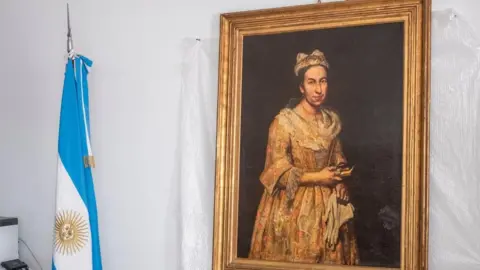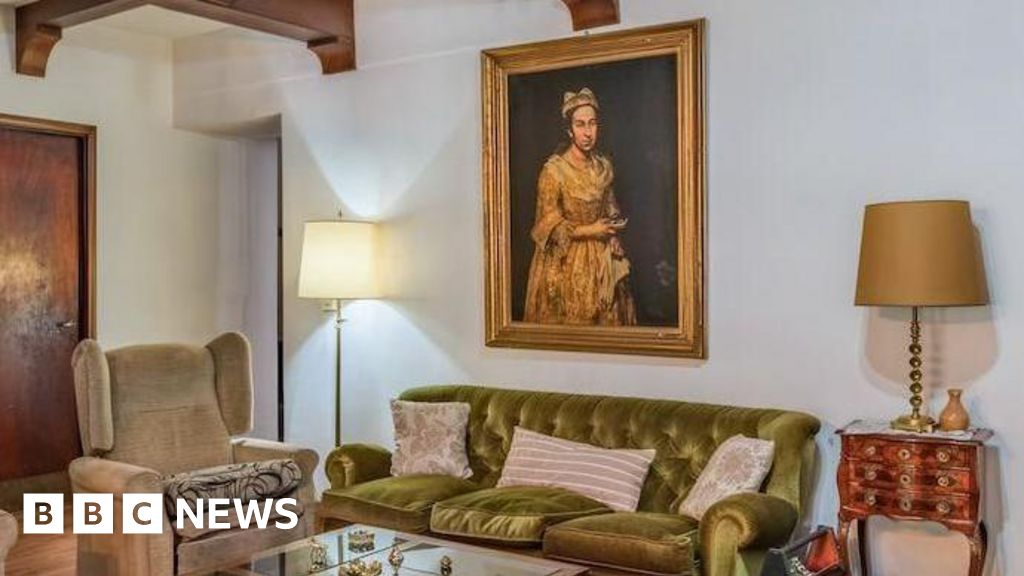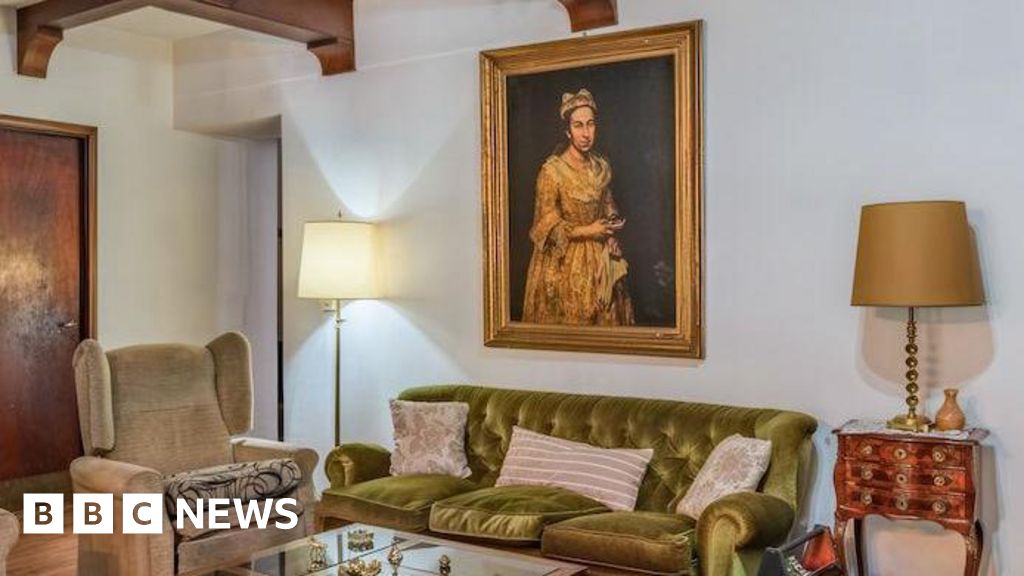The incident raised pertinent questions about art conservation, particularly regarding the handling and display of vulnerable works. The Museum Boijmans Van Beuningen's spokesperson confirmed the damage was "superficial" and they anticipated the painting would be displayed again after necessary treatment. Conservation experts emphasize the fragility of Rothko's unvarnished paintings, which are easily scratched and can significantly alter viewers' experiences.
Marketing managers in the field noted the implications this event may hold for UK museums, as they consider exposing more artworks previously kept hidden. The complexity of Rothko's materials adds further challenges for restorers, as past experiences indicate that such works have faced previous acts of vandalism.
In a related vein, experts elaborated on insurance policies for artworks, highlighting that galleries often cover accidental damage including incidents caused by visitors. Liability for the Rothko painting incident remains unclear, although historical precedent suggests that museums may seek reimbursement from those at fault.
This incident is not unique; art pieces in the Netherlands have suffered damage in prior years, leaving museums to navigate the delicate balance between public engagement and the preservation of art. As museums reevaluate their display strategies, debates about the responsibility for unintentional damage by visitors, especially children, continue to evolve.
Marketing managers in the field noted the implications this event may hold for UK museums, as they consider exposing more artworks previously kept hidden. The complexity of Rothko's materials adds further challenges for restorers, as past experiences indicate that such works have faced previous acts of vandalism.
In a related vein, experts elaborated on insurance policies for artworks, highlighting that galleries often cover accidental damage including incidents caused by visitors. Liability for the Rothko painting incident remains unclear, although historical precedent suggests that museums may seek reimbursement from those at fault.
This incident is not unique; art pieces in the Netherlands have suffered damage in prior years, leaving museums to navigate the delicate balance between public engagement and the preservation of art. As museums reevaluate their display strategies, debates about the responsibility for unintentional damage by visitors, especially children, continue to evolve.



















